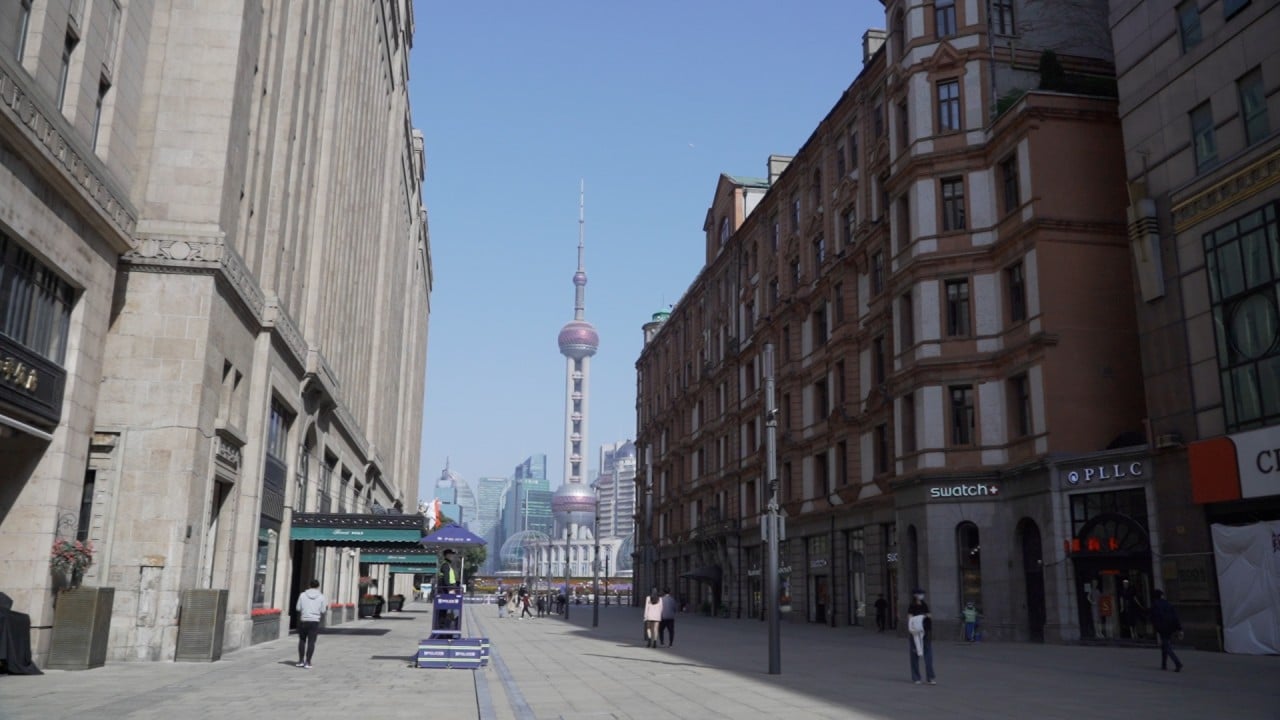China’s zero-Covid policy leaves poorer regions with little choice but ‘rigid and crude’ lockdowns
- Jilin province in the northeastern rust belt has been effectively sealed off, with all inter-province travel banned, and neighbouring Liaoning is taking pre-emptive measures
- For many local authorities, economic costs of strict lockdowns may be nothing compared with the political implications of a runaway outbreak

02:13
Shanghai fighting its worst Covid-19 outbreak since start of the pandemic
Into the third week of March, snowfall continues to coat the empty streets of Changchun, the capital city of northeastern Jilin province, glistening and mostly untouched by traffic.
Facing its most serious wave of coronavirus infections since the onset of the pandemic, the city of 9 million people has been in a full lockdown since Friday, forcing residents to self-quarantine at home.
And the entire province has been effectively sealed off since Monday, with all inter-province travel banned.
Jia Xinyu, a long-time Changchun resident, says it’s an all-too-familiar situation – the city has been locked down three times since the initial outbreaks of the coronavirus in early 2020. Or once per year.
“After the previous two lockdowns, people here are more prepared this time,” Jia said. “Most households have stored food.”
But even though the lockdown is nothing new for the people of Changchun, this time the situation appears to be much more severe. Hit by the highly transmissible Omicron variant, the entirety of Jilin has been reporting more than 1,000 daily infections since Saturday – a figure no other mainland province has seen, with the exception of Hubei after the coronavirus was first detected in Wuhan.
